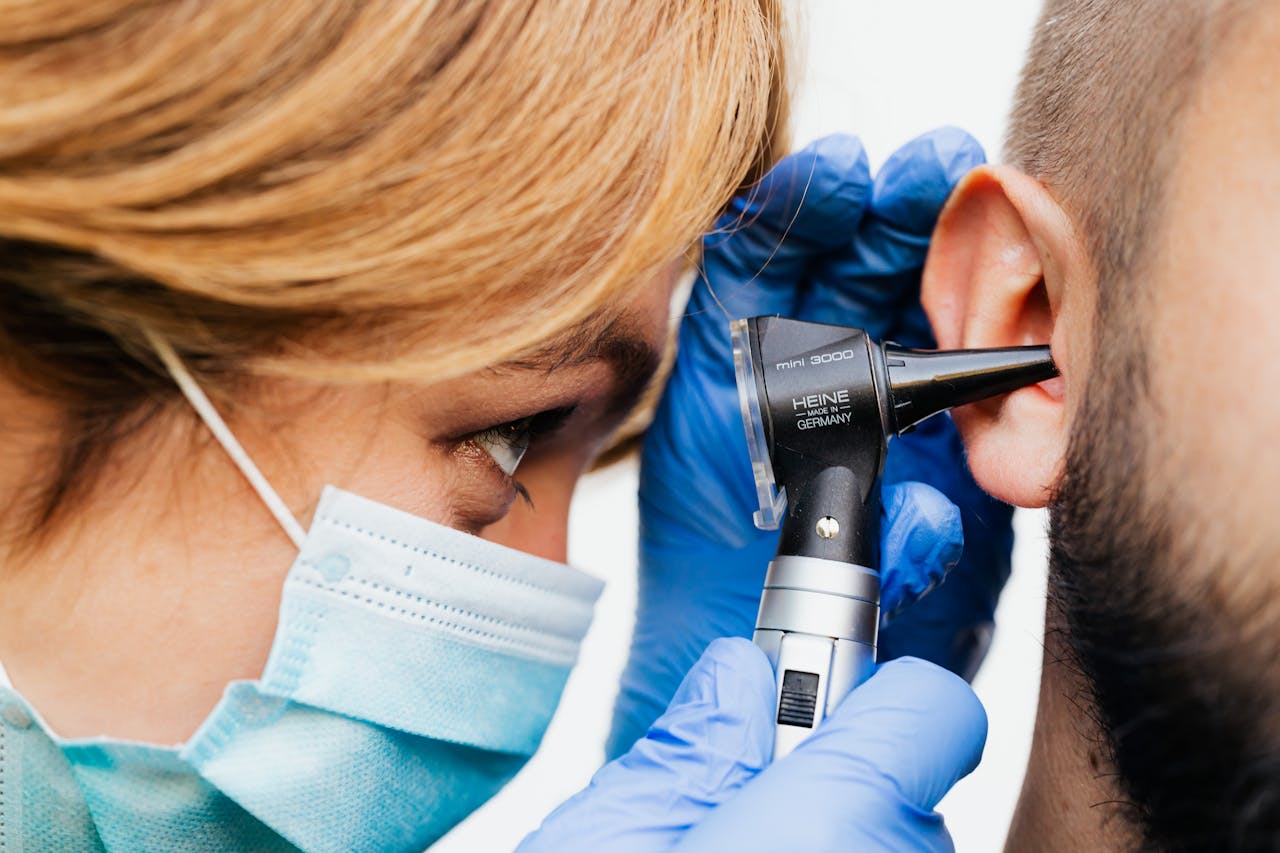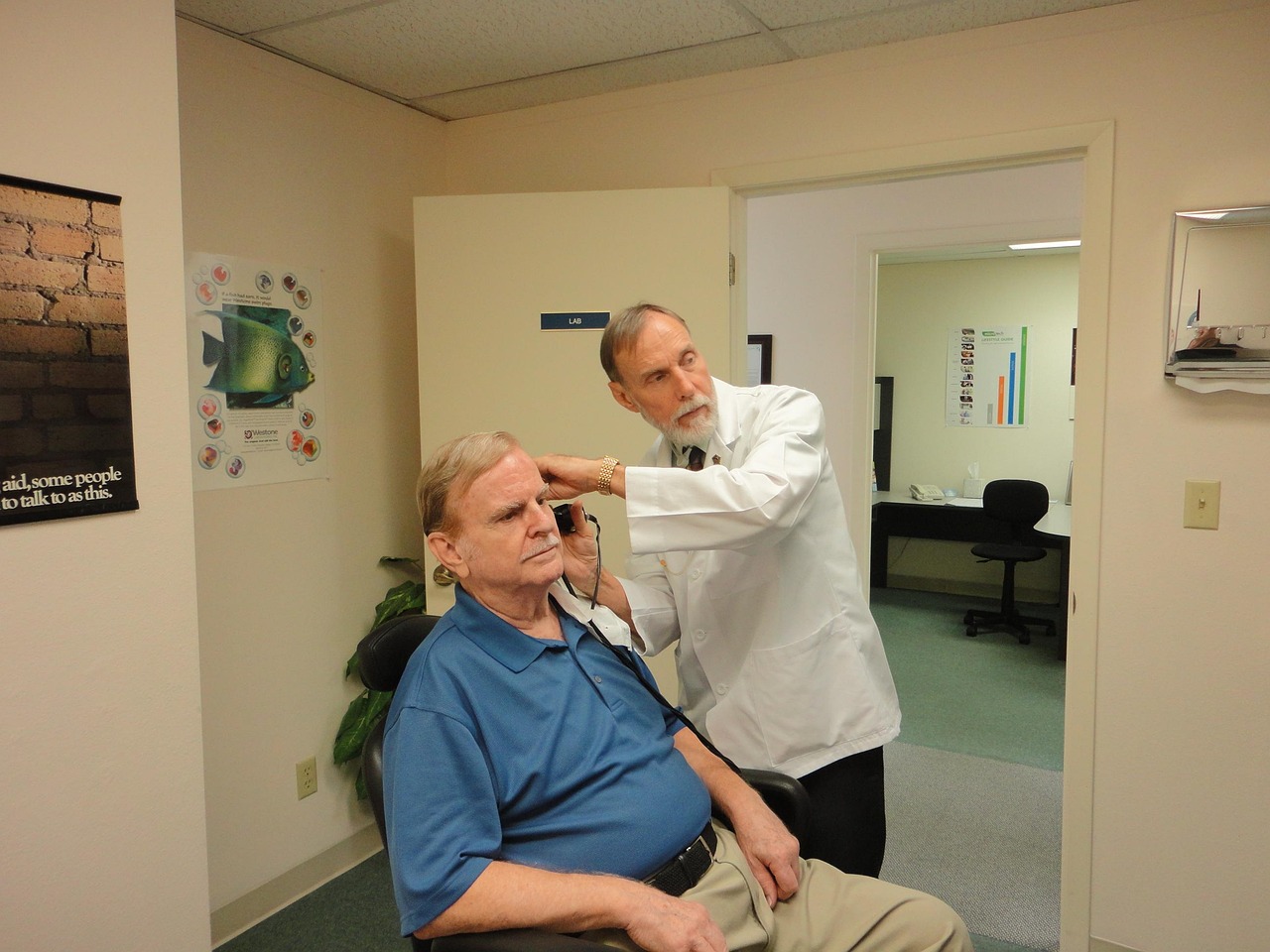
Today’s urban environment exposes people to damaging noise levels from traffic and construction sites to concerts and busy restaurants. Protecting your hearing requires early measures against common sources of noise pollution.
Table of Contents
Workplace Noise and the Importance of Hearing Protection
Workers in construction, aviation, and emergency services jobs are often exposed to continuous loud noise environments, and manufacturing workers face similar acoustic challenges. The constant exposure to moderate noise levels can lead to long-term hearing damage in hairdressers and teachers. Protecting your hearing at work requires proactive measures when you detect signs such as sound sensitivity or trouble hearing during group discussions. A hearing clinic connects patients with specialists who use cutting-edge diagnostic techniques and modern rehabilitation approaches to create personalized hearing care plans. Experts evaluate your hearing health to provide you with protection plans that match your way of living.
How Stress and Lifestyle Choices Influence Hearing Health
Hearing function relies on multiple systems because stress levels, nicotine use, and vascular health directly impact ear performance. The inner ear receives less oxygen through high blood pressure, which can harm delicate hair cells that transmit sound. Hearing loss risk increases with smoking because it affects blood vessel function. Ongoing stress worsens tinnitus symptoms and alters how the brain processes sounds. Your hearing health benefits from a combination of better nutrition and regular exercise, along with effective stress management as part of lifestyle alterations. Small changes in your daily habits offer enduring protective effects to your ears.
The Hidden Impact of Personal Audio Devices
In pursuit of privacy listening in a noisy environment, the industry is increasingly using headsets and earbuds. Listening to sounds louder than 85 dB can cause lasting damage to your ears. Extended listening to moderate sound levels can still lead to gradual hearing loss, which many users do not realize. The problem intensifies when earbuds are used in loud environments because users often elevate the volume to counteract background sounds. Over-the-ear headphones with noise cancellation technology offer better safety since they decrease the requirement for users to turn up the volume. Short breaks during listening sessions and a limited device volume to no more than 60% greatly reduce your hearing risk.
How Loud Is Too Loud? Know the Decibel Danger Zone
Sound levels are measured on a decibel scale, while hearing damage can occur through prolonged exposure to sounds over 70 decibels. Street traffic causes noises ranging somewhere between 85 dB, and sporting events can reach 100 dB. Rock concerts have noises louder than 110 dB. Harmful sound exposure starts at 100 decibels once exposure reaches 15 minutes. Multiple exposures to these sound levels without protective equipment result in permanent hearing damage and the development of tinnitus. Real-time sound level measurements from apps and wearable devices enable users to detect hazardous environmental conditions. Recognition of sound level thresholds enables you to protect your hearing health.

People often ignore their hearing health until symptoms become too severe to disregard. Protecting your hearing through proactive measures enables meaningful connection and communication while enhancing life enjoyment for an extended period. Prioritizing hearing protection alongside routine checkups and educated practices creates long-term positive changes.


